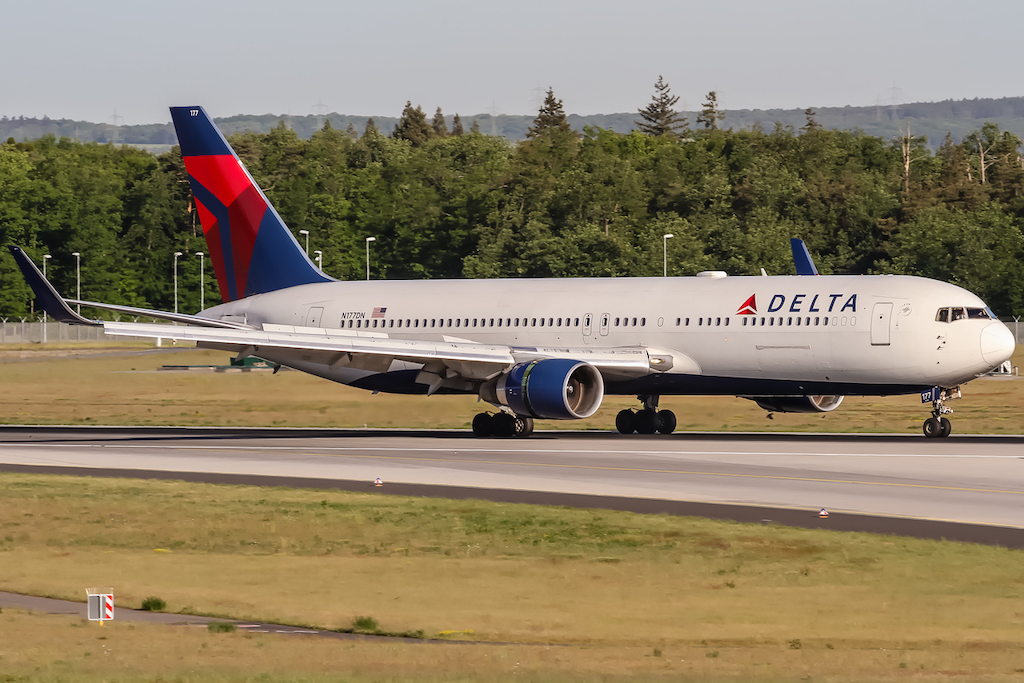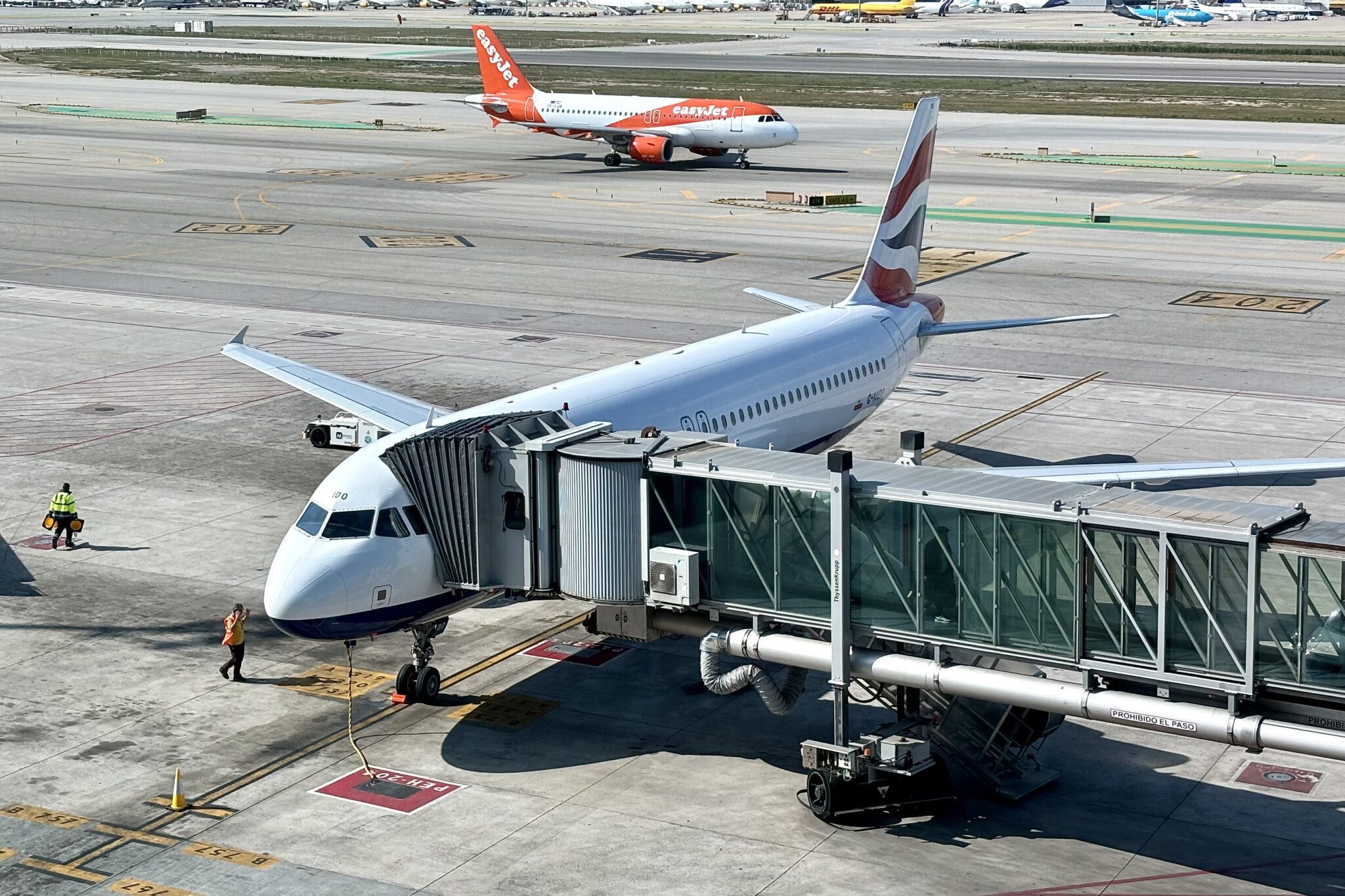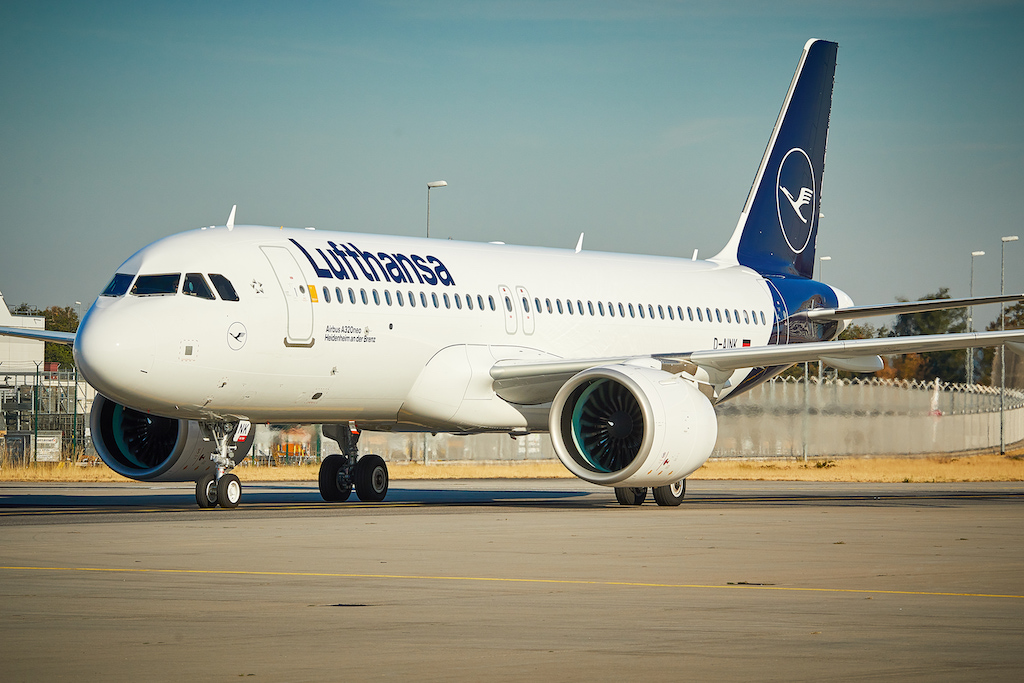Delta Air Lines has yet to make a full decision on the future of its middle-of-the-market fleet. The carrier will continue flying its Boeing 757s and 767s through the decade with a willingness to “flex” either types numbers up or down as warranted.
“It’s hard enough to say what we’ll be flying in January, let alone what we’ll be flying in 2027,” Delta President Glen Hauenstein said during a pilot webinar on November 16 viewed by Airline Weekly. “You don’t want to get yourself in a box where you’ve committed specifically” to flying or retiring those planes.
The Atlanta-based carrier’s lack of mid-market clarity comes amid similar opacity at the world’s major airframers. Airbus stands by its lineup of the A321neo, which seats between 180-220 passengers in a standard two-class layout and has two longer-range derivatives, the A321LR and A321XLR, on the low end, and the A330-800 seating 220-260 passengers on the high end.
Boeing, on the other hand, has no clear mid-market answer since all but cancelling its New Mid-Market Airplane (NMA) program early in 2021. Only the 737-10, seating 188-204 passengers, and the 787-8, seating 248 passengers overlap with the segment. But while Boeing dithered, airlines — including Delta — embraced the A321neo as the de facto replacement for the 757. However, most carriers still view the A330-800 and 787-8 as “too much airplane” — or having more capabilities than needed — for the mid-market segment.
For its part, Airbus maintains that the A330-800 — a re-engined A330-200 — is the ideal 767 replacement. Executives have said they can lower the maximum takeoff weight, or MTOW, to improve economics for shorter missions that the 767 is ideal for — for example, transatlantic flights between the Eastern U.S. and Western Europe.
This vacuum leaves airlines like Delta with a conundrum: What to do with their aging 757s and 767s, the current mid-market types? In 2020, American Airlines made a definitive decision: Retire the planes early that spring. But Delta and United Airlines opted to hang on to some for the foreseeable future, citing a desire to reactivate them from pandemic storage if demand came back strong — something that has occurred — while awaiting more clarity on a replacement for the upper-end of the segment.
Hence, Hauenstein’s unwillingness to specify a plan for Delta’s 767s. The airline will fly all 21 of its 767-400ERs — a jet executives have described as a “very effective airplane for us in the network” — plus 45 767-300ERs in 2022; a small reduction from the 56 -300ERs it flew at the end of 2019. When the latter aircraft leaves the fleet is an open question but will be a function of demand, and the arrival of new A330-900s and A350s, said Hauenstein.
“The 767 is a fleet that over the next five, seven, eight years will have to be retired,” he said without providing a definitive date. “Followed by the 767-400, [and] followed by the 757.”
His comments are an about face for Delta on the 767. In September 2020, the airline said the 767-300ER would be retired by the end of 2025; a date that Hauenstein would no longer commit to. The timeline was considered more of a guideline to investors than a firm date when it was unveiled.
Delta had commitments for 26 A330-900s and A350-900s each, plus 155 A321neos, at the end of September, its latest fleet plan shows. This includes the seven former Latam Airlines Group A350s that it leased from AerCap in July, and two additional aircraft it leased in September. The airline will begin taking delivery of a higher gross weight variant of the A350-900 that will allow it to operate nonstops to Johannesburg and Sydney without weight restrictions from around the end of 2022, said Hauenstein.
As for the 757s, Delta plans to continue flying roughly 50 -200s through at least 2027 — it operated 100 at the end of September — and its 16 -300s beyond that, the airline told pilots. It plans to introduce the A321neo in April, and use the jet to replace 757s on transcontinental routes from its Boston hub, said Hauenstein. He added that Delta could continue flying its youngest 757 until 2035, or 30 years after it was delivered in 2005.
What ultimately needs to happen is a decision from Boeing on it’s mid-market strategy. Air Lease Corp. Executive Chairman Steven Udvar-Hazy, speaking at the Skift Aviation Forum earlier in November, called this a “real dilemma” for the airframer. A new plane would need at least a double-digit fuel burn improvement over the A321neo, as well as other efficiency gains — both of which are challenging with existing engine technology — and be viable beyond the middle of the century, he said
“What are we looking at down the road in terms of carbon fuels, environmental regulations, noise? There’s so many different alternative scenarios,” he said. “How do you commit $15-20 billion between the engine and airframe development not knowing where the industry’s headed?”
Udvar-Hazy added that the A321neo’s head-start over any 757 replacement will give it an installed base of over a thousand planes by the time any new Boeing model debuts. That leaves just the 767 as still needing some form of replacement, though any new aircraft would likely have multiple variants spanning a range of seating capacities.
“We are always listening to what’s going on,” Hauenstein told pilots in regards to a new Boeing model. “[Boeing is] working hard on what’s next. What we’ve heard from them is encouraging.”
He added that Delta wants to remain a “dual-source user of airplanes,” referring to models from two airframers. However, Hauenstein noted that this is more likely to occur on the narrowbody side of the ledger than the widebody side as the airline needs at least 40-50 aircraft to have a critical mass of any single type.
To the dial-source user end, Delta CEO Ed Bastian told pilots in September that there was “certainly a place” for Boeing’s 737 Max in the airline’s fleet. At the time, Bastian indicated some surprise that Delta and Boeing had not yet reached a deal for the jet. The airline flew 209 737-800s and -900ERs at the end of September.
Story updated with context on Delta’s previous plan to retire the 767-300ERs by the end of 2025.





